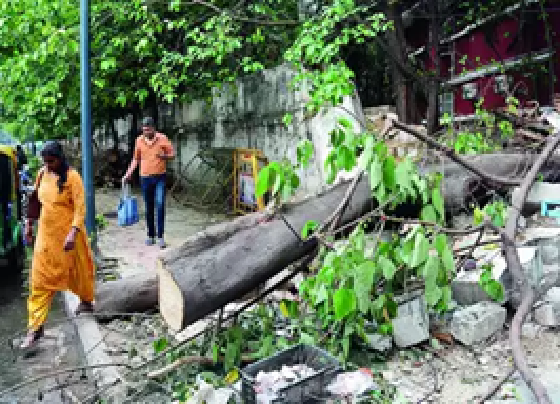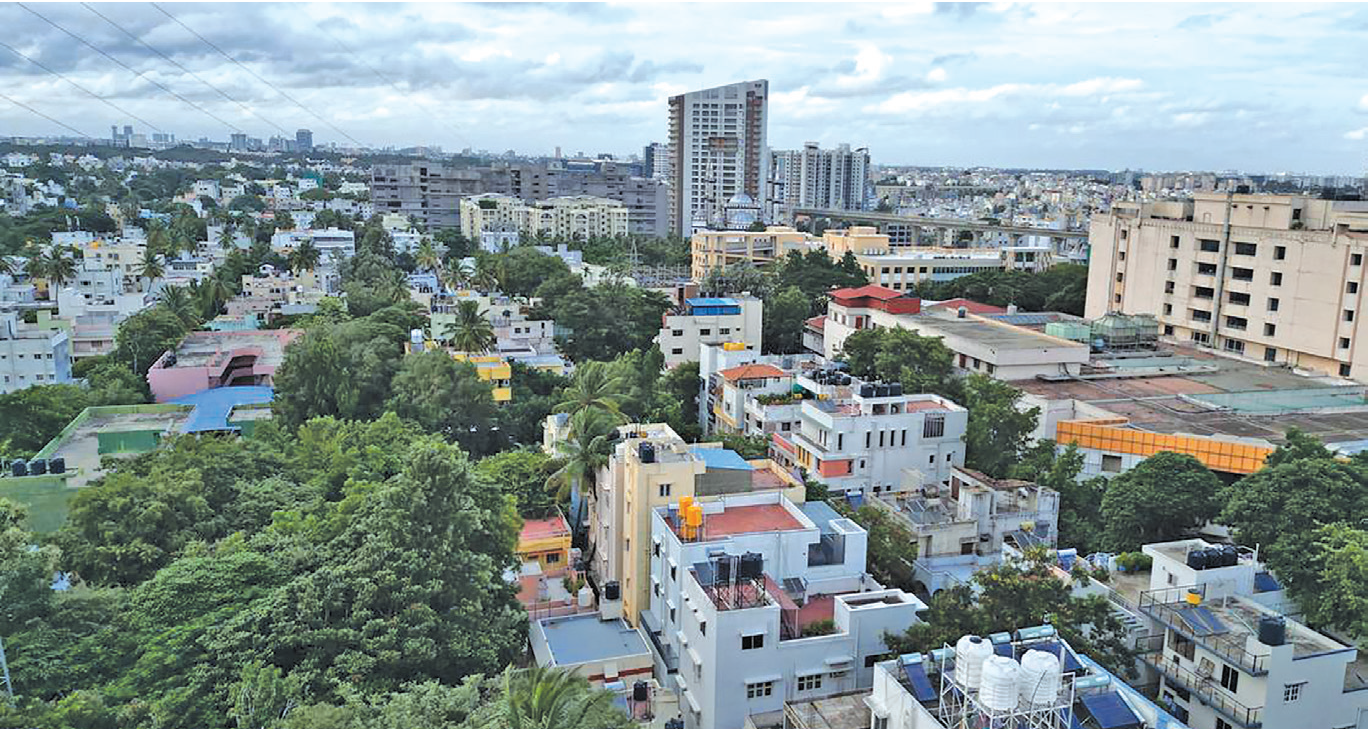
Is shared-auto system the way to go green?
Leah Valentina D’Souza | NT
Bengaluru: In the face of increasing traffic congestion, rising pollution levels and restricted parking places, metropolitan cities are recognising the critical need for innovative solutions to urban mobility concerns.
Among the suggested solutions, the implementation of a shared-auto system has emerged as a game-changing idea with the potential to completely transform the transportation system in the city.
“Shared autos can use vehicles for multiple passengers, reducing traffic congestion caused by high single-occupancy vehicles on roads”, according to auto drivers in Bengaluru.
By allowing numerous passengers to ride in one auto at once, shared autos alleviate traffic congestion and shorten commute times. Vehicular emissions significantly contribute to air pollution in urban areas, posing severe health risks to residents.
“We can effectively decrease the number of vehicles on the road, resulting in lower emissions and better air quality, by promoting shared auto systems. This encourages a more sustainable and healthy environment ”, says Rakesh, a traffic police officer in Bengaluru.
The city's limited parking spots are a rising source of worry. Private parking lots may not be as necessary with shared autos because fewer autos will be needed overall.
This frees up space that can be repurposed for parks, pedestrian spaces, or other urban amenities, i m proving the overall quality of life for people.
"Shared autos provide a cost-effective alternative to private vehicles, providing affordable transportation options for daily use, catering to low-income and those without access to private vehicles", say passengers.
Investment in infrastructure is essential for the seamless integration of shared auto systems into transportation networks. This includes designated pick-up and drop-off areas, effective regulation, and monitoring.
These systems have the power to build inclusive, effective, and sustainable cities, laying the foundation for future smarter and more environmentally friendly transportation.
 English daily published in Bengaluru & Doha
English daily published in Bengaluru & Doha






